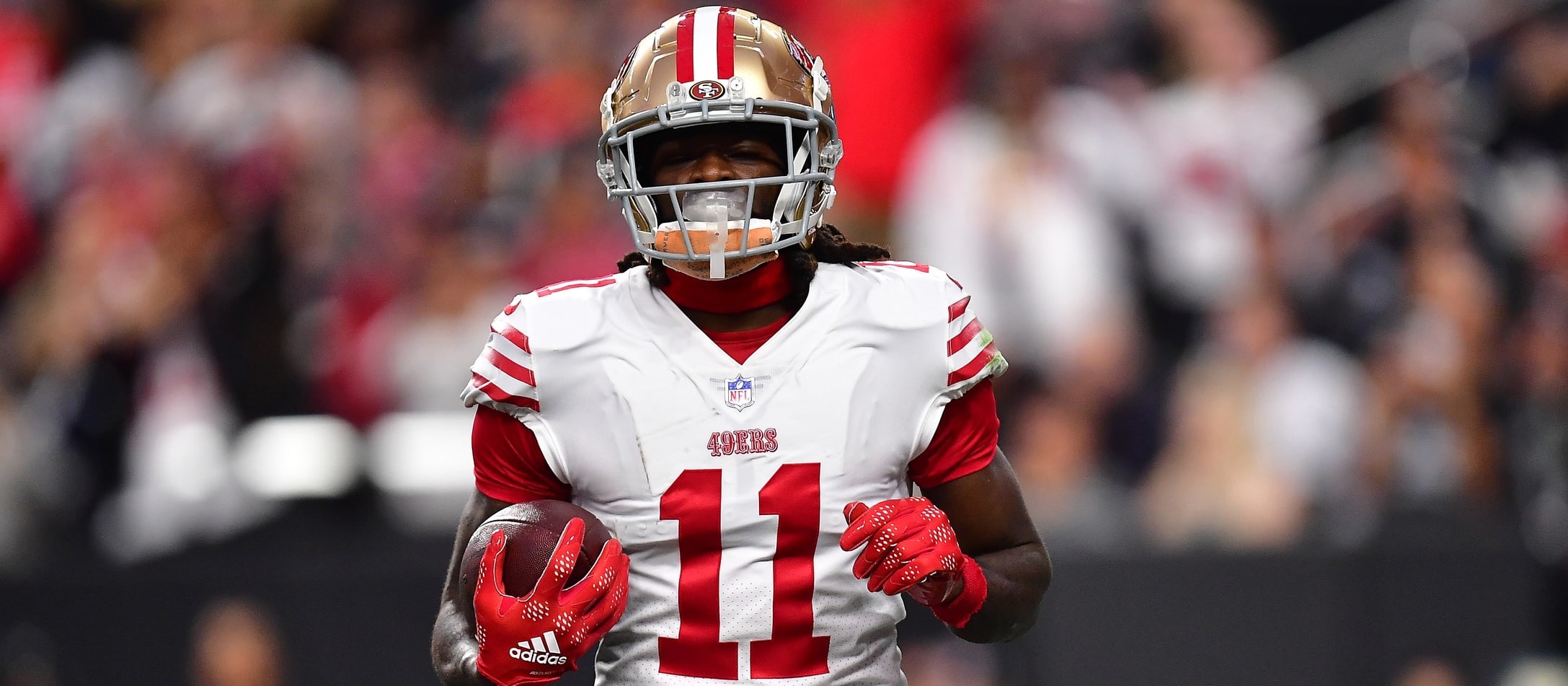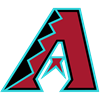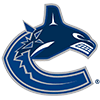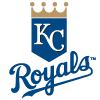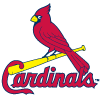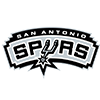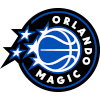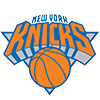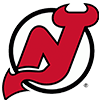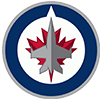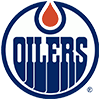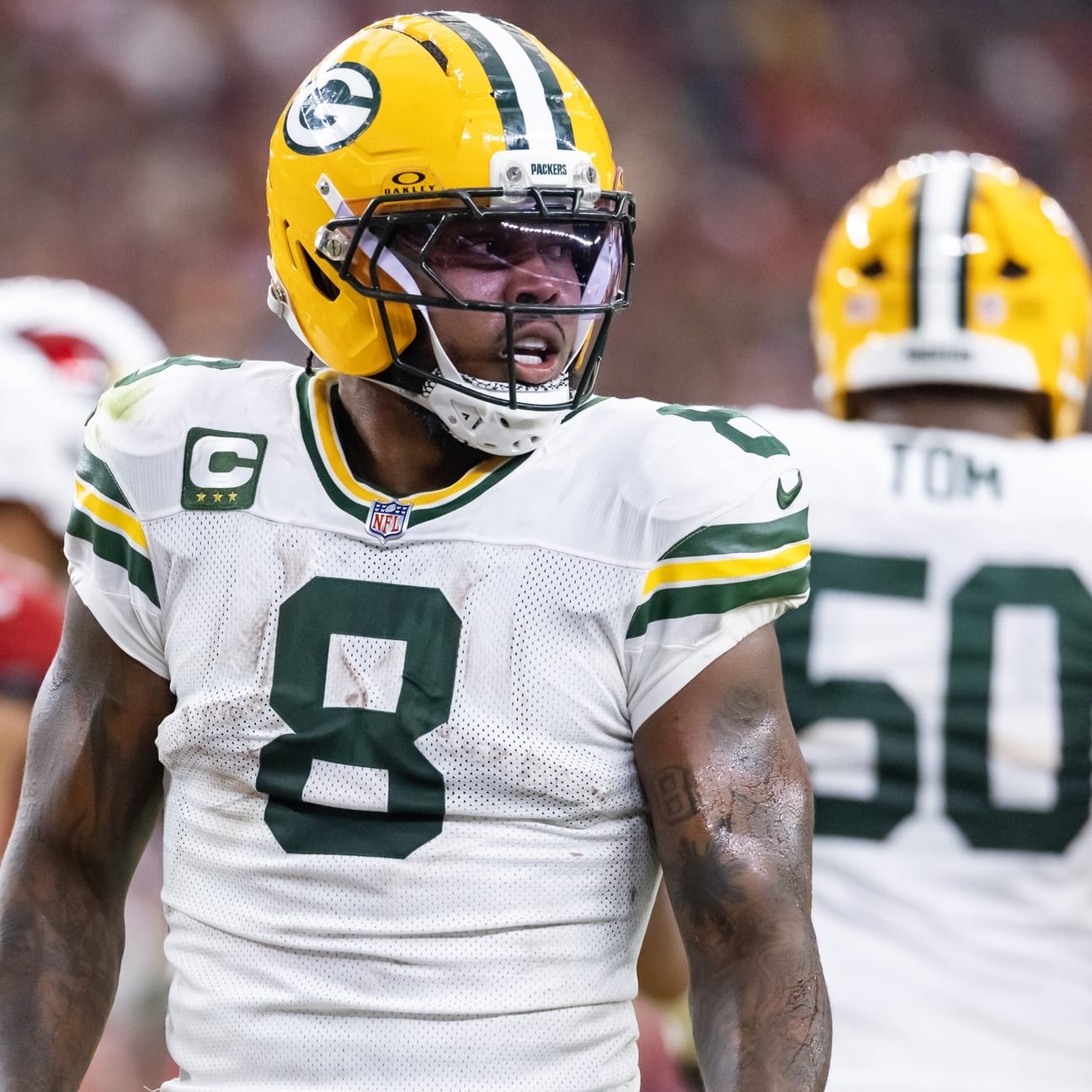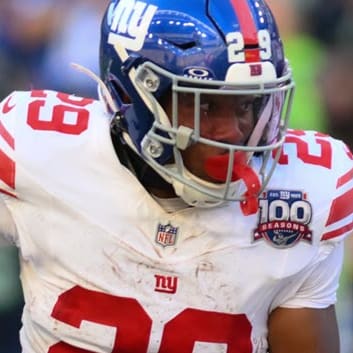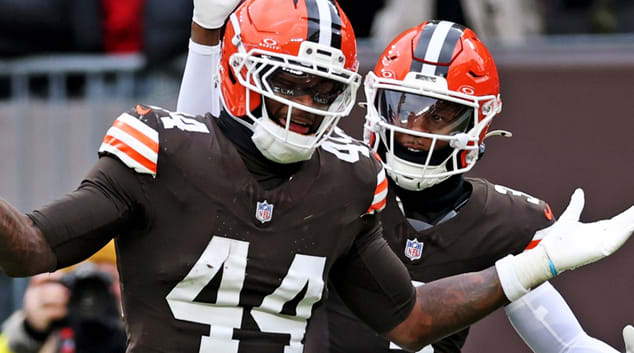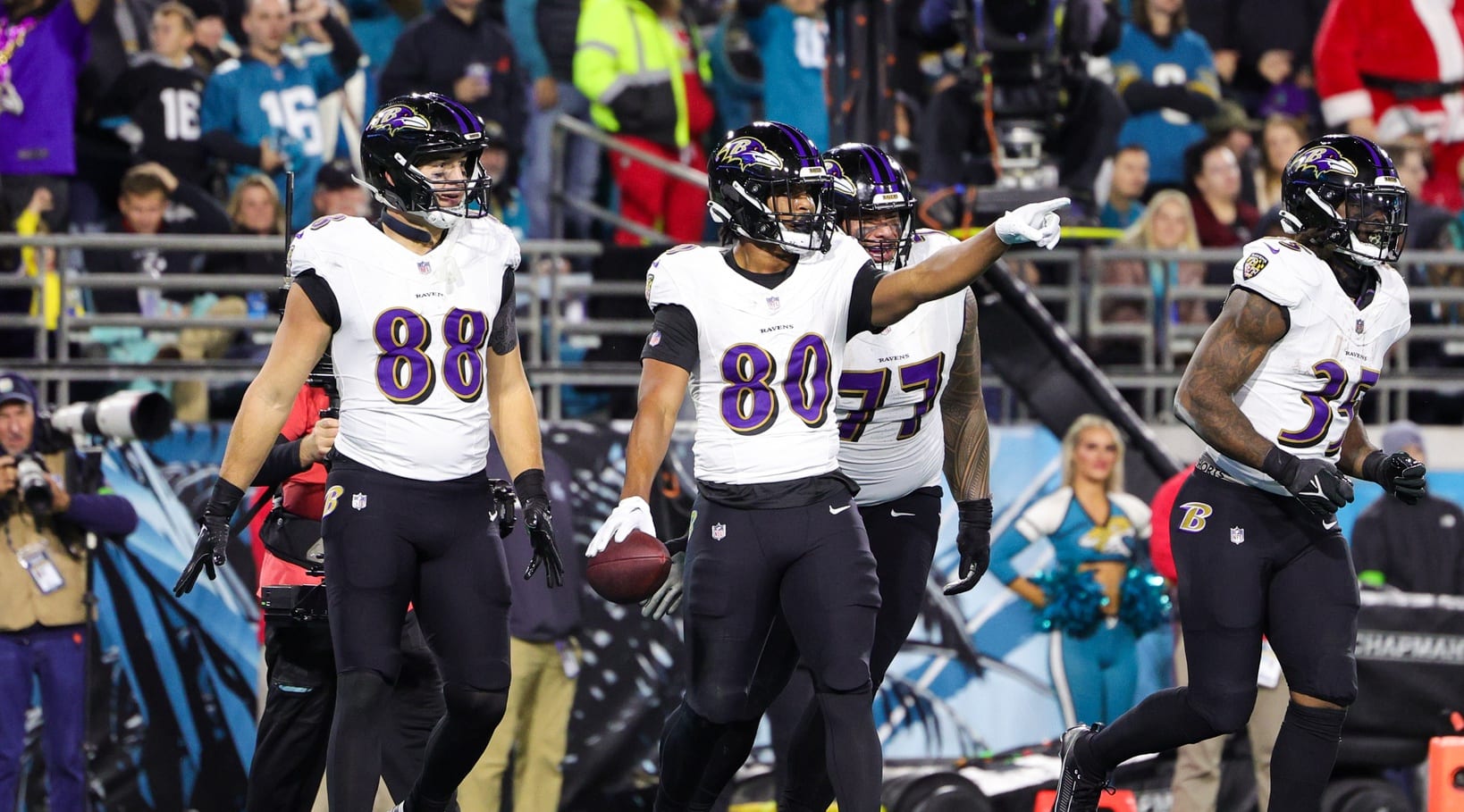We've reached that beautiful part of summer when NFL beat writers inundate us with tweets and articles from training camp. As someone who has written player notes at RotoWire for over a decade now — and thus been forced to consume an ungodly quantity of fantasy football training camp news — I hopefully have some idea of what ultimately matters and what doesn't.
Many of the notes we write contain information that's helpful to keep in mind but not necessarily urgent or worth acting on. Other notes may be a level below that even, primarily written to provide updates on guys we haven't heard from or discussed since the end of the following season. But there's also some stuff coming through from beat writers, at least occasionally that can genuinely influence opinions, projections, etc.
Below I'll share my top seven tips for sorting through player notes and tweets from training camp to figure out what really matters... or at least what might kind of matter.
For up-to-the-minute updates on injuries, news and everything going on around the NFL, head to RotoWire's NFL Fantasy Football News Today or follow @RotoWireNFL on X.
1. Pre-existing Opinions Don't Determine What's Significant
Wittingly or unwittingly, many people end up "confirming their priors", i.e., ignoring reports that don't align with their pre-existing opinions and/or making mountains out of molehills when a report tells them what they wanted to hear. Burying the unfavorable reports and elevating the favorable
We've reached that beautiful part of summer when NFL beat writers inundate us with tweets and articles from training camp. As someone who has written player notes at RotoWire for over a decade now — and thus been forced to consume an ungodly quantity of fantasy football training camp news — I hopefully have some idea of what ultimately matters and what doesn't.
Many of the notes we write contain information that's helpful to keep in mind but not necessarily urgent or worth acting on. Other notes may be a level below that even, primarily written to provide updates on guys we haven't heard from or discussed since the end of the following season. But there's also some stuff coming through from beat writers, at least occasionally that can genuinely influence opinions, projections, etc.
Below I'll share my top seven tips for sorting through player notes and tweets from training camp to figure out what really matters... or at least what might kind of matter.
For up-to-the-minute updates on injuries, news and everything going on around the NFL, head to RotoWire's NFL Fantasy Football News Today or follow @RotoWireNFL on X.
1. Pre-existing Opinions Don't Determine What's Significant
Wittingly or unwittingly, many people end up "confirming their priors", i.e., ignoring reports that don't align with their pre-existing opinions and/or making mountains out of molehills when a report tells them what they wanted to hear. Burying the unfavorable reports and elevating the favorable ones can lead to double-counting, whereby we give a player extra credit (or ding him by too much) based on information that's in line with what we already expected when determining rankings/projections/evaluations.
Let's use one of my personal favorites, DeMario Douglas, as an example. There were glowing reports on him last spring, with Chad Graff of The Athletic calling Douglas the Patriots' "best and most explosive playmaker" during the offseason program.
As a Douglas stan, I already had him ranked much higher than most and expected he'd look like the best player in one of the league's worst WR rooms. That's even more so the case in this example because Douglas is a small, quick receiver, which means he should look really good in unpadded practices. If anything, it would've been concerning had Douglas not stood out in that environment, competing against a mix of rookies, has-beens and never-weres. I had already ranked Douglas as if this were more or less expected, so it would've been a mistake to keep pushing him up way higher.
2. Reports on Depth-Chart Standing Matter Far More than Reports on Performance
To be clear, I'm not saying the actual depth charts released on the team websites matter. Some teams may take those kind of seriously and even involve the coaching staff, while for others it's an afterthought / a fun task for the PR employees. It's hard to know which is which, and even the teams that take it seriously will often do annoying stuff like listing probably rookie starters behind veteran backups.
There is, however, some value in knowing whether players are getting most of their practice reps with the starters, second-stringers or third-stringers. The utility of this information increases if we're hearing the same thing from multiple weeks of practices, and ideally it'll then be backed up by usage/rotations in preseason games. One beat reporter mentioning first-team reps from a single practice doesn't mean much, but it's definitely a good sign if we're into August and multiple beat guys are reporting that Player X has steadily worked with the starters.
Reports on the quality of a player's practice performance mean far less, especially when we're dealing with the offseason program or first week of training camp before pads come on. I'll start to care more if we keep hearing the same thing as camp progresses, but only if it's coming from multiple beat writers. In terms of really considering big changes to rankings/projections, I'll want to see the positive camp reports backed up by glowing quotes from coaches and/or a strong showing in the preseason.
X: Kayshon Boutte
— Mike Kadlick (@mikekadlick) July 23, 2025
Z: Stefon Diggs
F: Pop Douglas
Roman Wilson, DK Metcalf, and Calvin Austin III are your first team WRs in 11 personnel.
— Nick Farabaugh (@FarabaughFB) July 24, 2025
3. Look at Practice Participation, Not Quotes (For Players Returning from Injuries)
There's no shortage of glowing quotes coming from players, coaches and beat writer at this time of year, with countless players primed for breakouts or ready to bounce back strong from injuries. Updates or estimates on injury progress tend to be either unhelpful or overly optimistic, which means we should mostly put stock in non-subjective measures of progress.
Take the case of Stefon Diggs and Brandon Aiyuk, two veteran wideouts who suffered ACL tears in the middle of last season. The 49ers have provided a bunch of positive quotes about Aiyuk looking good and being on track, but he nonetheless opened camp on the PUP list, fueling speculation he'll miss the early part of the season. Diggs, on the other hand, was a full participant in New England's first practice, suggesting he's weeks (or months) ahead of Aiyuk at the end stage of the ACL rehab process. That matters for fantasy expectations, although it hardly guarantees smooth sailing ahead for the 31-year-old Diggs.
As a reminder of the danger of relying on quotes, we only need look back to last summer when the 49ers were relaying optimism about Christian McCaffrey, who continued missing practices in the meantime and eventually spent the first half of the regular season on injured reserve.
As Ozzy Osborne's "Crazy Train" plays, the Patriots go to their first 11-on-11 drill, and after an initial false start/neutral zone infraction, QB Drake Maye's first snap is a completion on a short crosser to WR Stefon Diggs.
Crowd cheers.
Training camp is officially underway.
— Mike Reiss (@MikeReiss) July 23, 2025
4. Have Some Patience with Rookies
Players drafted early in the first round often open camp with the starters, but most rookies don't get that honor, even if they're highly regarded and competition at their position is less than stellar. When evaluating rookies in the spring, we should assume most guys drafted after the Top 15/20 or so will open camp with backups. For middle-round picks that will almost always be the case, and yet every summer you can find fantasy analysts panicking (or at least seriously adjusting rankings/projections) because some third-round pick at WR or fourth-round pick at RB isn't getting many first-team reps in late July / early August.
5. Don't Fall for the Myth of the Two-Back Offense / RB-Turned-Slot-Receiver
Traditional 21 personnel with a fullback on the field definitely isn't a myth, as evidenced by the Niners and Ravens being among last year's semifinalists (the Texans also had a lot of success with a FB on the field last year, though mostly on pass plays, not runs). In terms of formations with two halfbacks — rather than one halfback and a fullback — the only team in recent memory that did it as more than an occasional thing or experiment was the Saints in 2017-18 with Mark Ingram and Alvin Kamara, putting both on the field together about four times per game.
No matter, we see rumors/stories/discussion every offseason about multiple teams possibly doing this in a meaningful way. It's an especially common topic for teams that have a noteworthy power back and then a speed/receiving RB, with "reports" often accompanied by the suggestion that the former will align in the backfield while the latter mans the slot. Teams do in fact put running backs in the slot, but that's almost always as part of an empty formation without another RB on the field.
Strategically, it makes no sense to simply sub in your RB as a slot receiver, unless you're motioning him into the backfield nearly every time to slow down the defense with the threat of multiple potential ballcarriers and misdirection. Even the best receiving backs are at a disadvantage against cornerbacks and aren't as good there as a mediocre slot receiver would be. Whatever stats we're projecting for a running back, 99 or 100 percent of that should be based on formations where they're the only RB on the field.
Brian Schottenheimer lit up when I asked him about KaVontae Turpin as a viable running back.
"He's just dynamic man." #Cowboys https://t.co/v26DZ7sDSp
— Joseph Hoyt (@JoeJHoyt) July 23, 2025
This is the RB-turned-slot trick in reverse with Turpin.
6. Be Aware of the (Possible) Beat Writer Agenda
A majority of NFL fans aren't paying attention this early in the summer. Fantasy and gambling drive engagement year-round, but that's even more so the case during the offseason and summer when casual fans are focused on the beach, or baseball, or whatever else normal people do instead of obsessing over WR3 job battles.
Most of the writers covering NFL beats are well aware of this. Some don't really care, and largely cater to fans of the teams they're covering. Others care a lot, and are eager to provide those juicy nuggets that get likes and retweets and end up being posted on fantasy sites like this one. In other words, they have incentive to provide "takes" on fantasy-relevant players, even if what's actually happening at Team HQ isn't all that interesting.
There are also some beats that tend to be more heavily covered than others and/or have writers that are more aggressive with their opinions or pursuit of attention. Philadelphia and New York are the first two examples that come to mind, while teams like the Raiders and Chargers have fewer writers on the beat as well (plus those writers tend to be more measured in their opinions).
Generally speaking, the west coast teams seem to provide fewer fantasy nuggets this time of year, in part because some of them aren't that popular (which means fewer beat writers) and in part because they practice later in the day. The Seahawks are an exception, featuring both quantity and quality of beat writer coverage.
Anyway, I recommend taking things with an extra grain of salt when dealing with camp reports on the Giants, Eagles or Jets. The same goes for reports on players that are already hot topics in fantasy circles, e.g., Rashee Rice, RJ Harvey, Travis Hunter.
Get ready for your draft by visiting our Custom Fantasy Football Rankings for a list of the top players for the season ahead, customized for your league.
7. Ignore Videos/Highlights
This kind of comes back to my previous point that we should care about where a player is repping (starters vs. backups) way more than we care about beat writers' opinions on whether or not he's playing well. Every wide receiver in an NFL training camp is capable of making a one-handed catch. Coaches want to see guys that regularly make good plays and avoid bad ones; they probably don't care that Player X made two incredible catches during training camp if he also had a bunch of drops and missed assignments. Plus, a lot of the "big plays" in camp would be short gains or incompletions in a game environment.
Dominate your fantasy football league this season by exploring our ultimate draft kit. Packed with expert insights, rankings, and strategy tips, the kit features our interactive mock draft simulator to prepare you for every scenario. Streamline your draft-day decisions using our printable cheat sheet and stay ahead of the competition with our up-to-date rankings for all formats. RotoWire has everything you need to win. To learn more, subscribe now and start optimizing your roster today.


